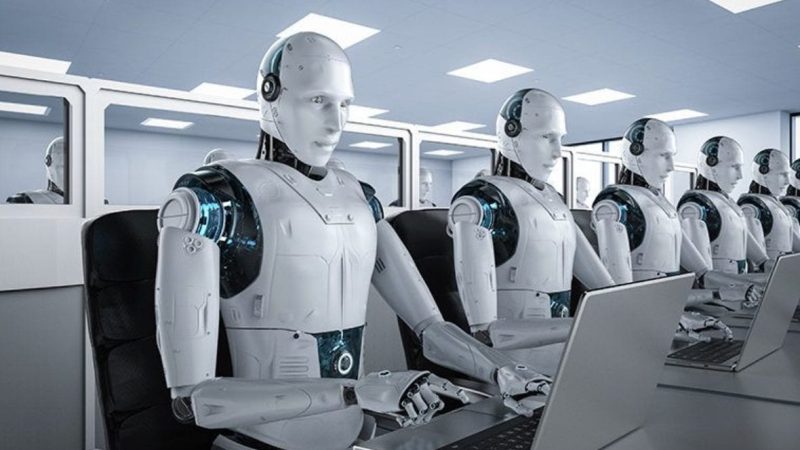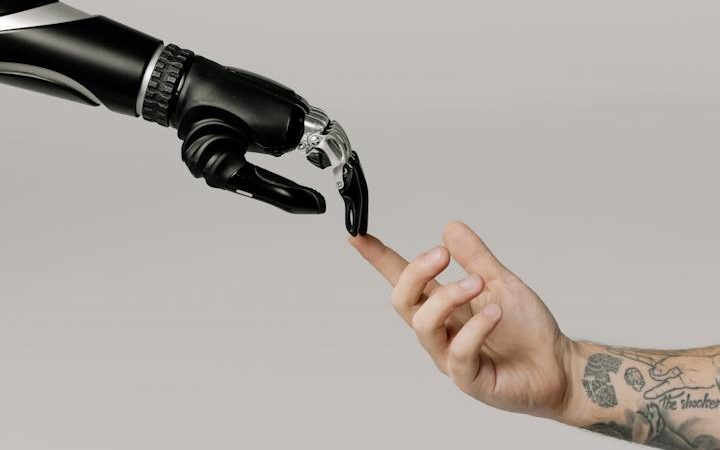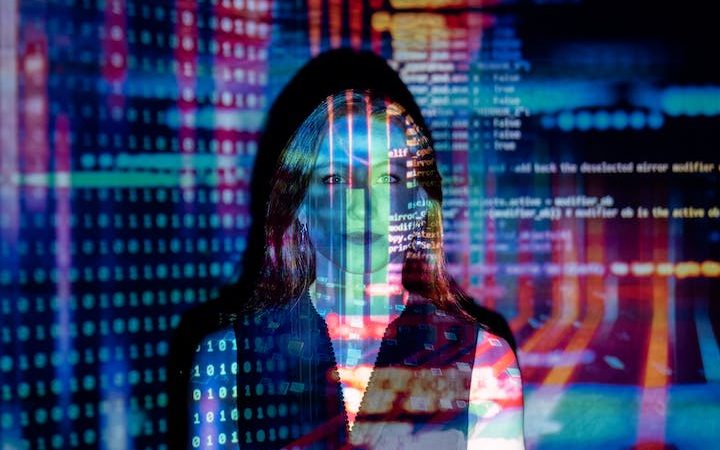What Is the Use of Augmented Reality in Education
By the year 2025, the global augmented reality market is expected to grow close to $198 billion dollars. The worldwide shipments of smart glasses are estimated to reach 33 million units by the year 2022.
Augmented reality is playing a big part in our lives and in this blog, we discuss the impact it has on the education sector. Augmented reality or (AR) is bridging the gap between the virtual and real world by providing new ways of learning.
This technology is more recognized and is one of the emerging technologies in the education industry. Through increased engagement and interactivity, AR has been a real game-changer.
Students have shown much-improved learning capabilities, problem-solving skills, enhance creativity, and actively involved in the learning process.
Know more: What is AR VR and MR
Advantages of using Augmented Reality in Education
The students are “more proactive” they tend to find learning faster and easier with AR. Student-centered learning is a teaching concept replacing conventional lectures with new active and self-paced learning.
Students are more responsible for their own progress in education. The AR technology is accompanied by high acquisition costs; this investment is most likely to pay off in the long term. AR applications not only reduce direct costs, such as printing out materials for the classes.
Students are able to learn from outside the classroom with e-learning platforms such as Moodle, Udemy, teachable, and many others. Teachers can upload class material onto the platform and students can access them without even actually attending the class.
With the emergence of AR, students can get a visual representation to get a better understanding of their subject. For example, in an anatomy class, students can use AR apps to analyze the insides of a human body.
Class slides images and text are often unclear and difficult for students to follow. Students can also test their knowledge in practice with AR apps and improve their cognitive ability.
Also read: VR Trends for 2021
Limitations of Augmented Reality in the Education Sector
A serious concern about technology is related to the issue of privacy. Image-recognition software along with AR will let users’ access information about strangers imported from their online profiles.
Data is sensitive and personal information should not be shared unless one is comfortable sharing them. Children and students spending too much time in the virtual world miss out on moments happening in the reality.
Parents should teach their children, the necessity to switch off from the virtual world and stay connected with the current world. AR robots could replace teachers in the classroom and if successfully implemented successfully in the classroom schools may no longer need to hire teachers.
Schools will save on teachers’ salaries to invest more in AR. With teachers’ jobs at risk, the educator sector will undergo disruptive technology; an innovation that completely changes the dynamics of the way how schools function. The key here is to not give up control over AR robots and to find the right balance between teaching and AR learning.
Conclusion
The real challenge remains on how schools can implement Augmented Reality across all stages of education right from primary to the college/university level.
To help students enhance their learning, schools should take advantage of children who are fascinated and accustomed to new technologies.
Millennials born between the years 2010 and 2025 called the Generation Alpha are the most accustomed to technology and it is infeasible to think in terms of AR which is the future of education.
Figures have shown the augmented reality market is expected to grow from $10.7 billion in the year 2019 and reach USD 72.7 billion by the year 2024.






